PAUL SIGNAC (1863-1935)
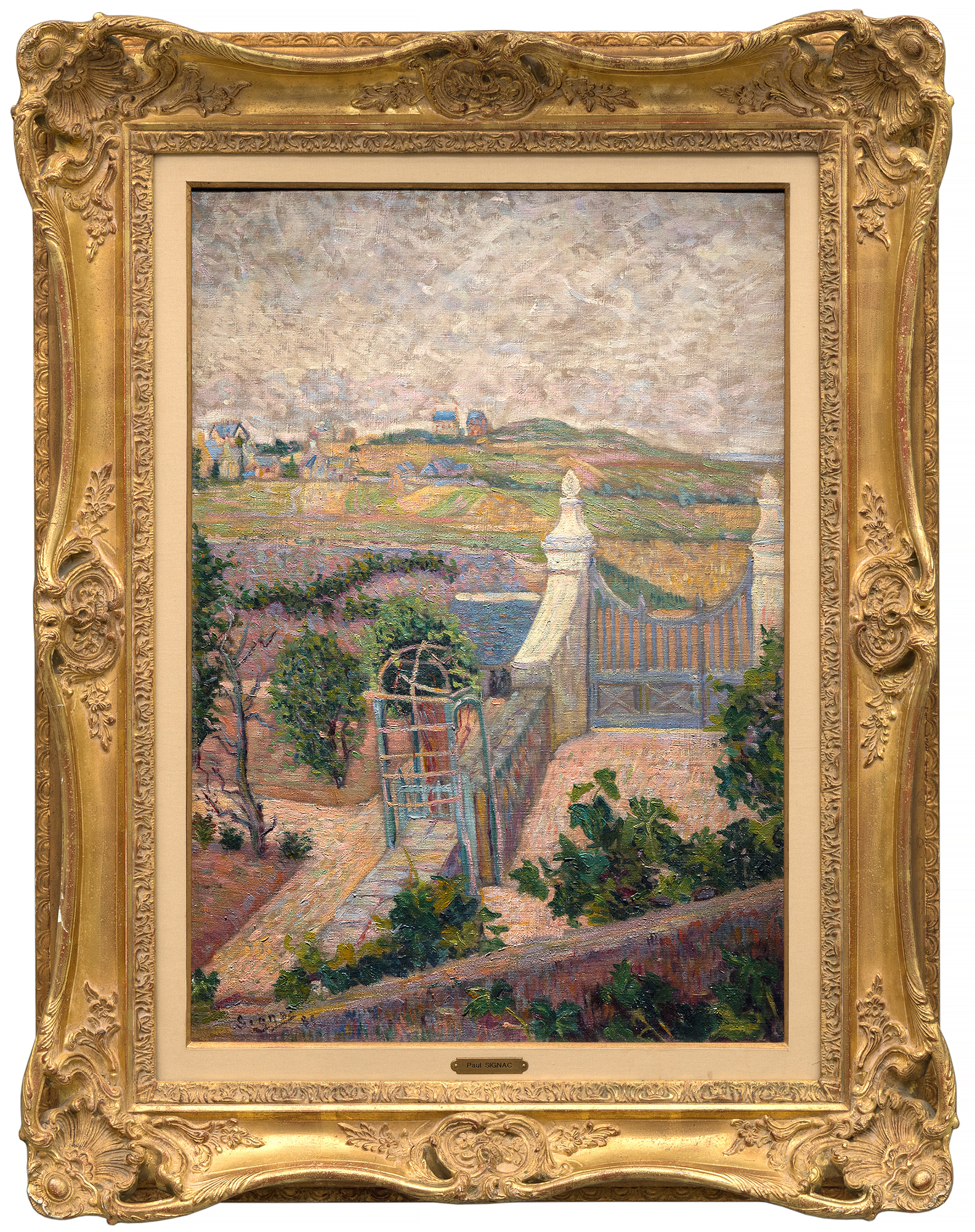

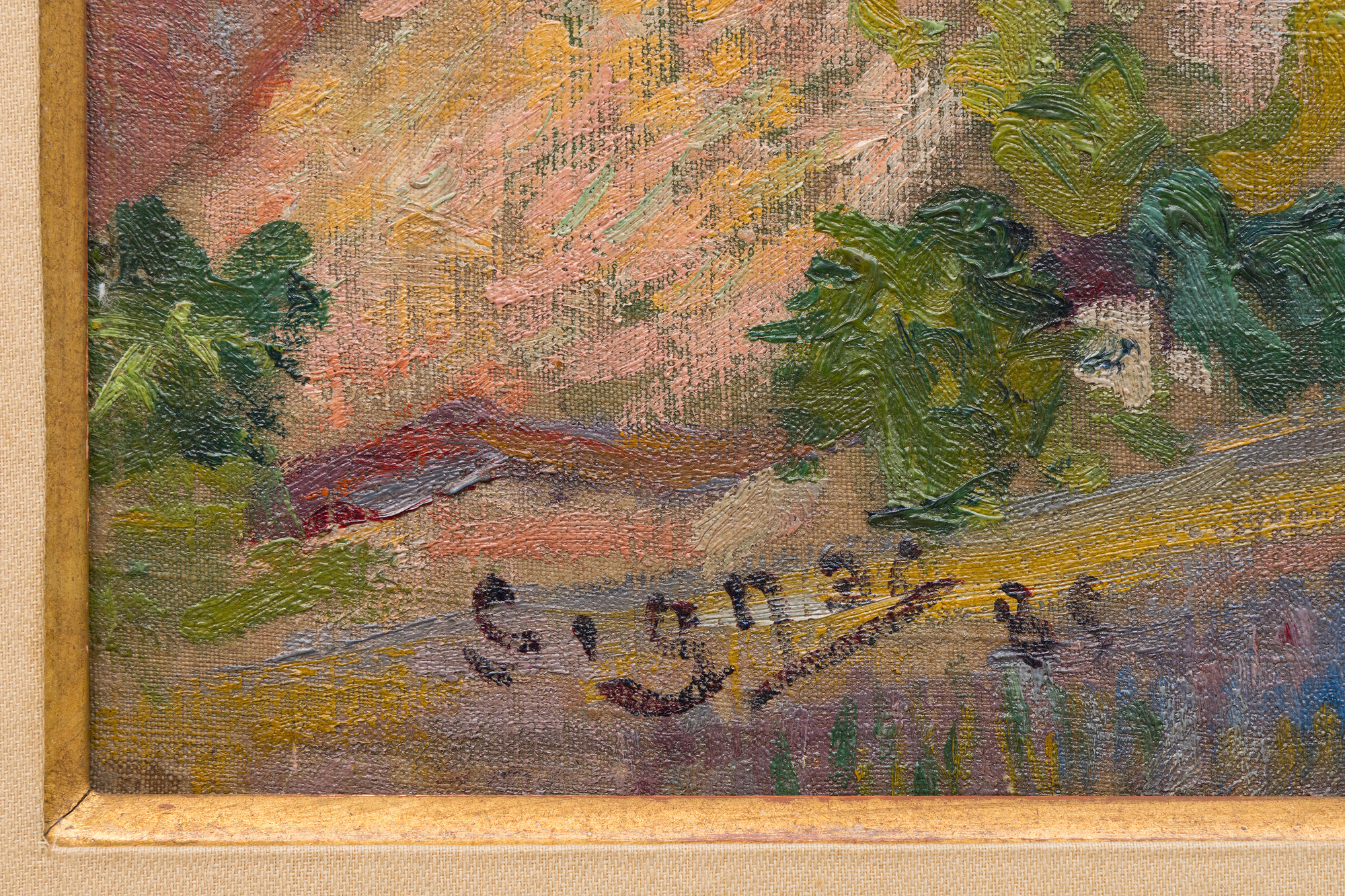
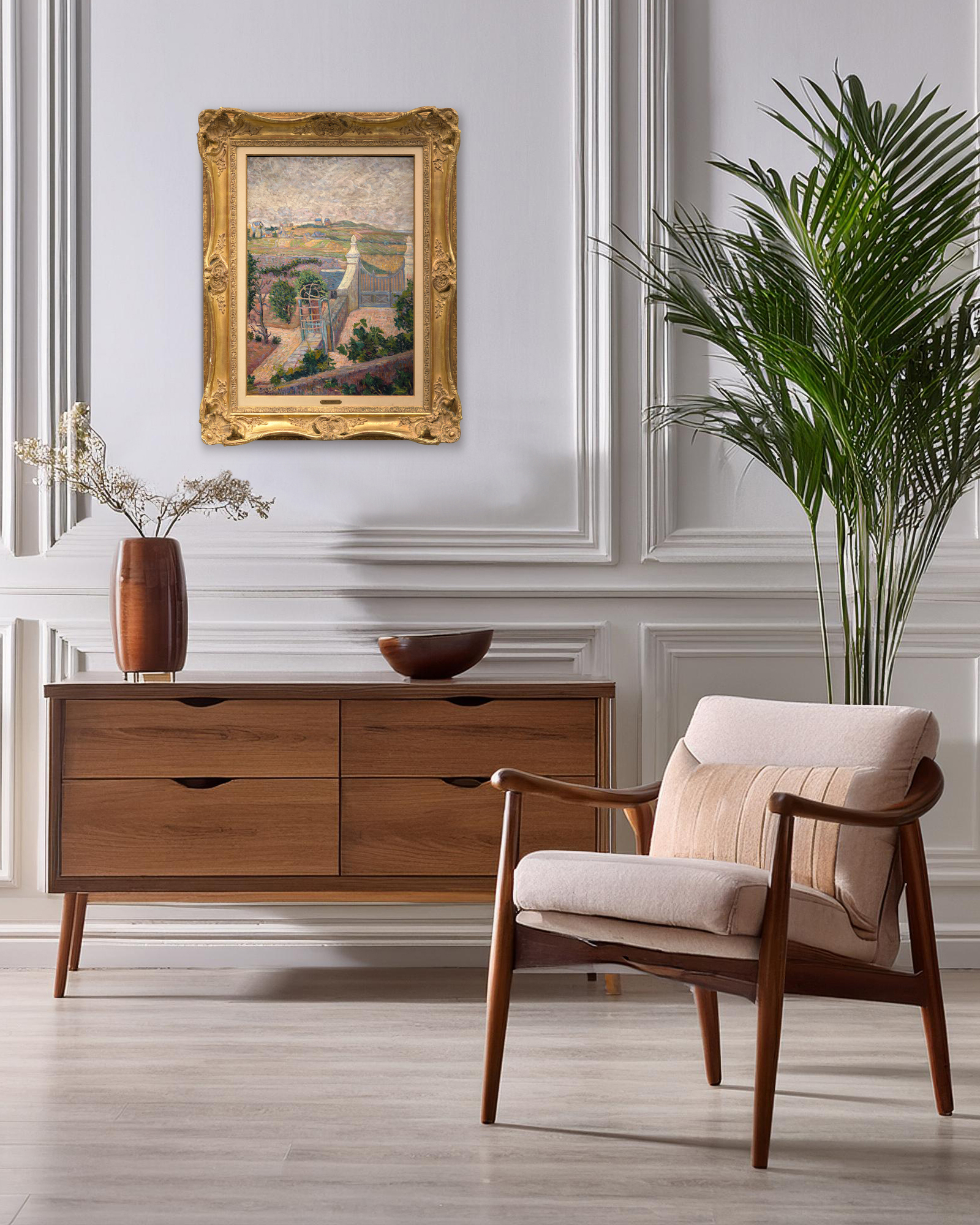
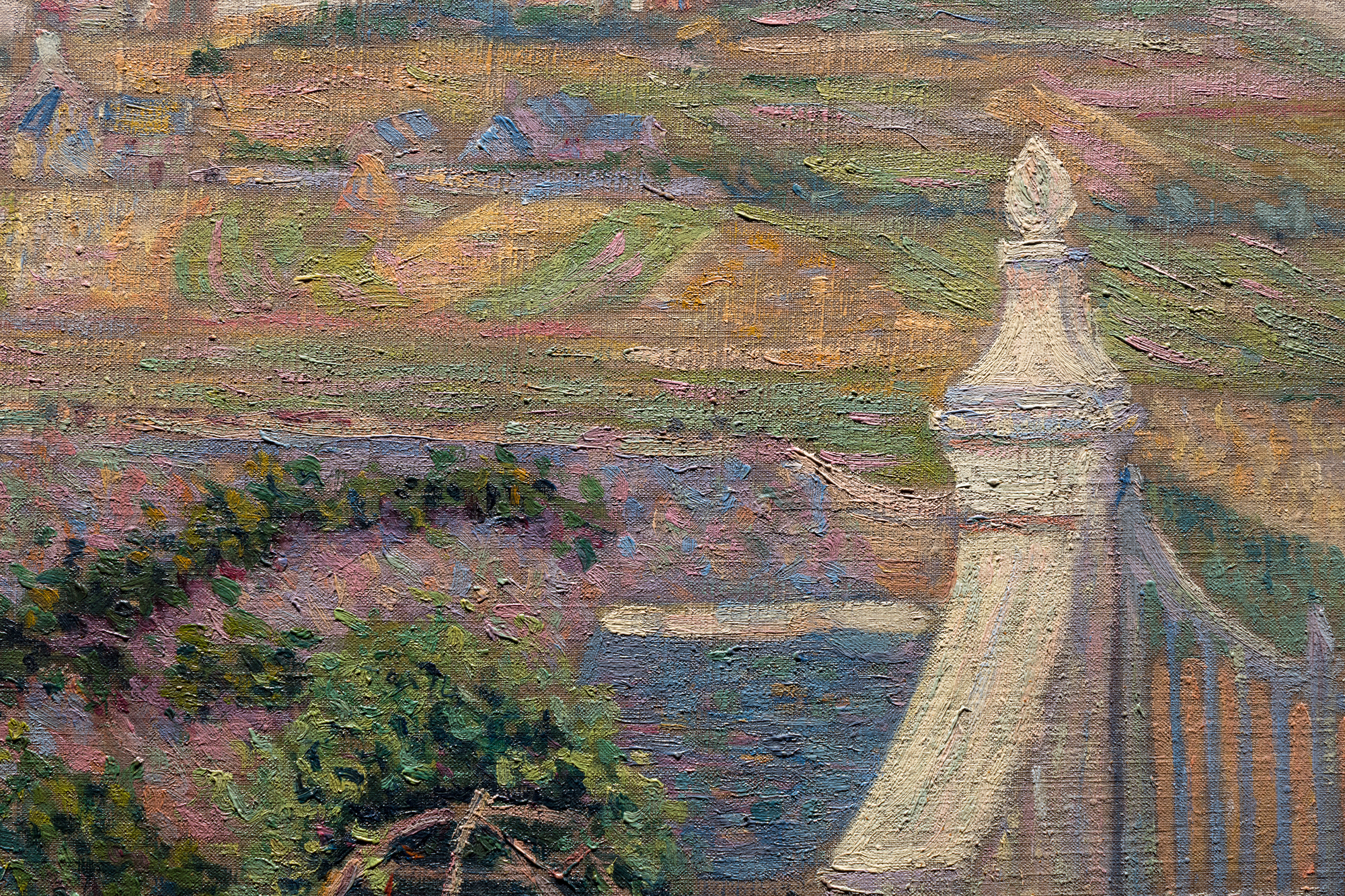
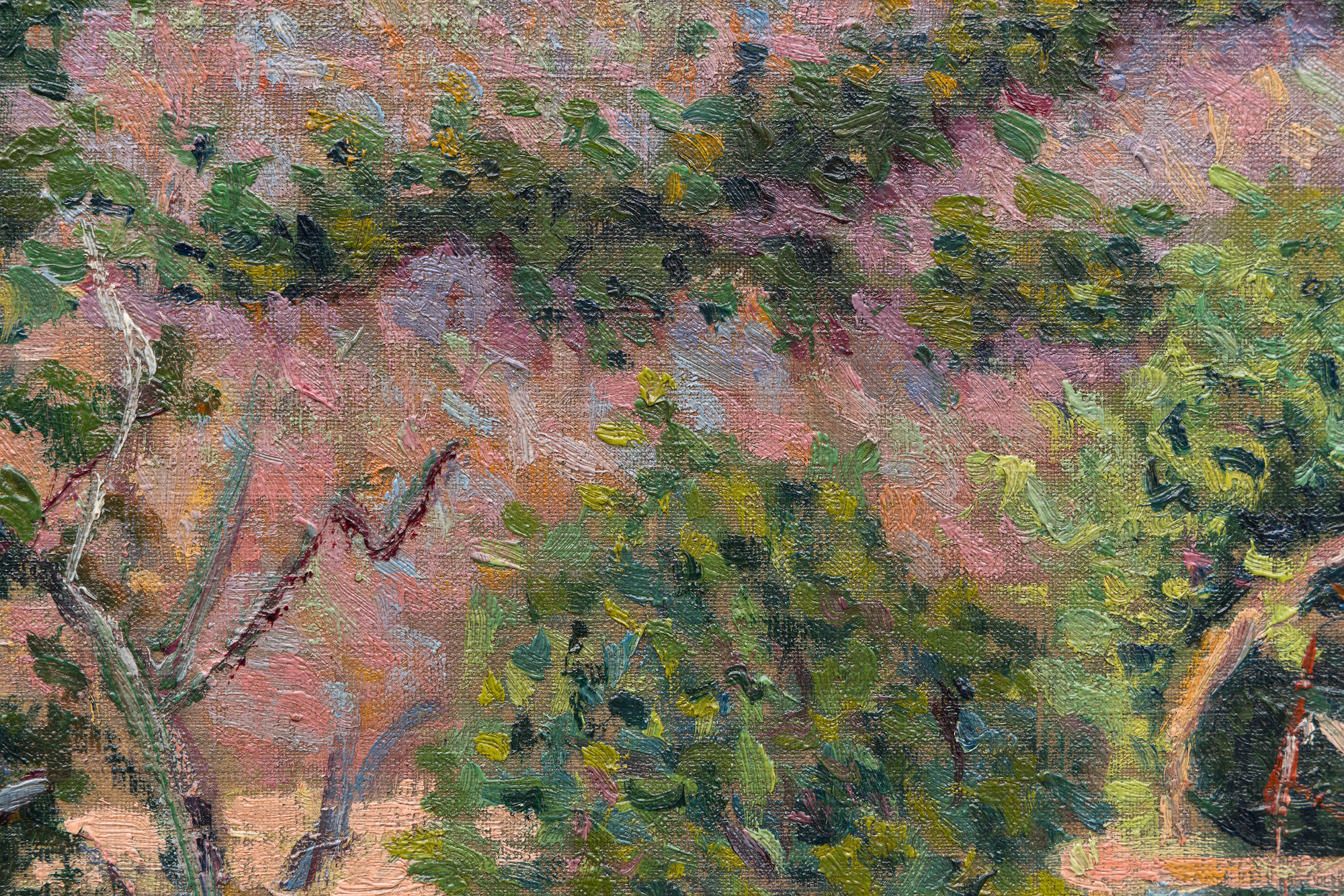


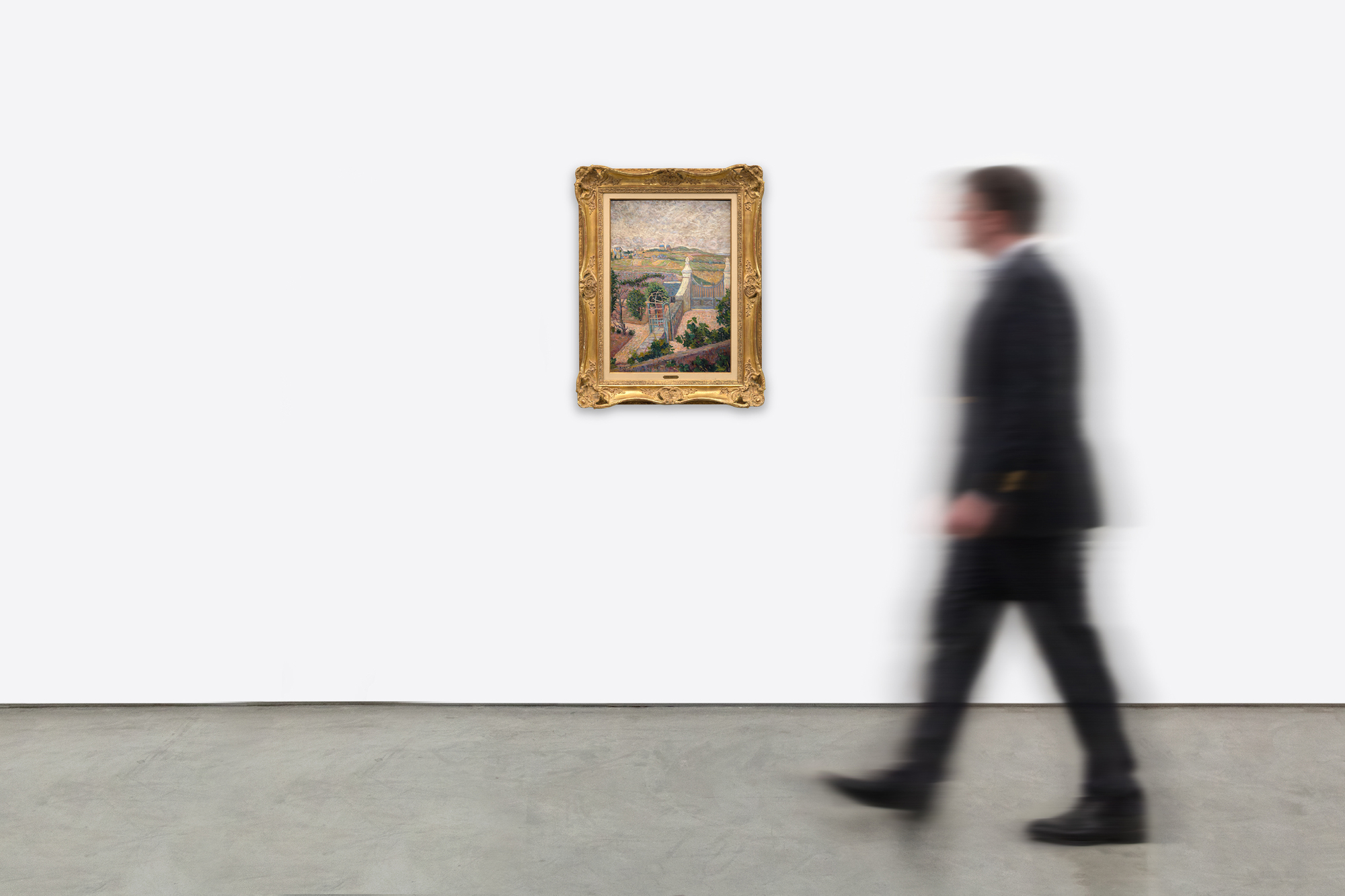
Provenance
Jules Rivière, CagnesHôtel Drouot, Paris, March 23, 1956, lot 103
Private Collection, acquired from the above
Hôtel Drouot, Paris, June 19, 1990, lot 130
Private Collection, Switzerland
Hampel Fine Art Auctions, Munich, April 29, 2017, lot 6
Private Collection, acquired from the above
Hampel Fine Art Auctions, Munich, September 26, 2018, lot 602
Private Collection, acquired from the above
Sotheby’s New York: Tuesday, November 14, 2023, lot 306
Private Collection, acquired from th...More...e above
Exhibition
New York, American Art Galleries, Works in Oil and Pastel by the Impressionists of Paris, 1886, no. 70, p. 18 (titled From My Window)Literature
Francis Soar and Hachette, "Connaissance des Arts," Paris, 1956, p. 61Sophie Monneret, L'Impressionisme et son époque, dictionnaire international, vol. II, Paris 1980, p. 255
Hôtel Drouot, "La Gazette de l'Hôtel Drouot", vol. XLIV, Paris, 1990, no. 21
Françoise Cachin, Signac. Catalogue raisonné de l'oeuvre peint, Paris, 2000, no. 102, p. 169, illustrated
...LESS... Price425,000
The work once belonged to the French composer and conductor Jules Rivière and has been discussed in major art historical texts, including Connaissance des Arts (1956), Sophie Monneret’s L’Impressionisme et son époque (1980), and Françoise Cachin’s Signac: Catalogue raisonné de l’oeuvre peint (2000), where it is illustrated as entry no. 102. Comparable examples from the same Saint-Briac series are housed in the Metropolitan Museum of Art, the Art Institute of Chicago, and the Carnegie Museum of Art. Collectively, these works reveal Signac’s transition toward the structured luminosity that would soon define Neo-Impressionism and secure his place among the leading innovators of modern painting.


